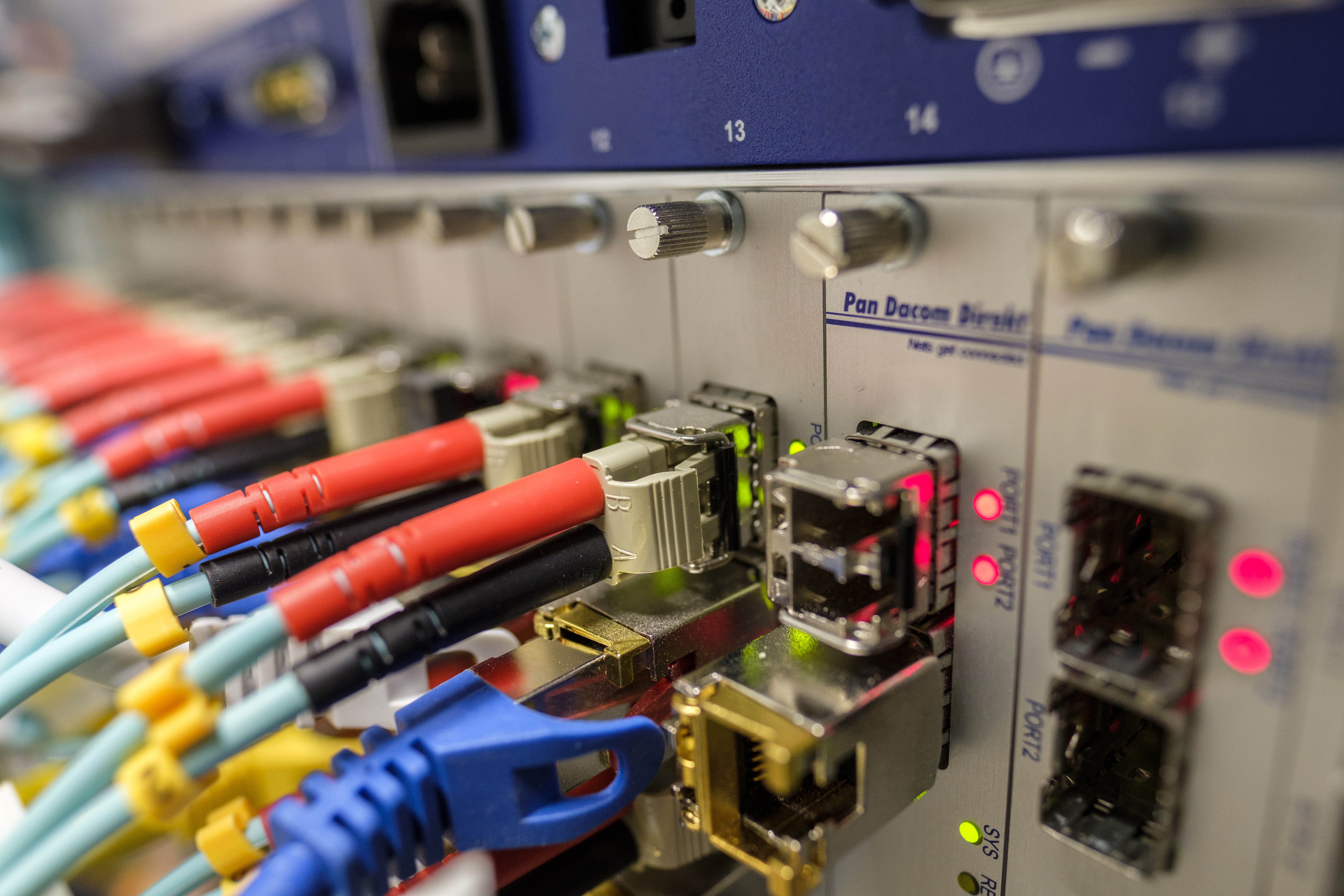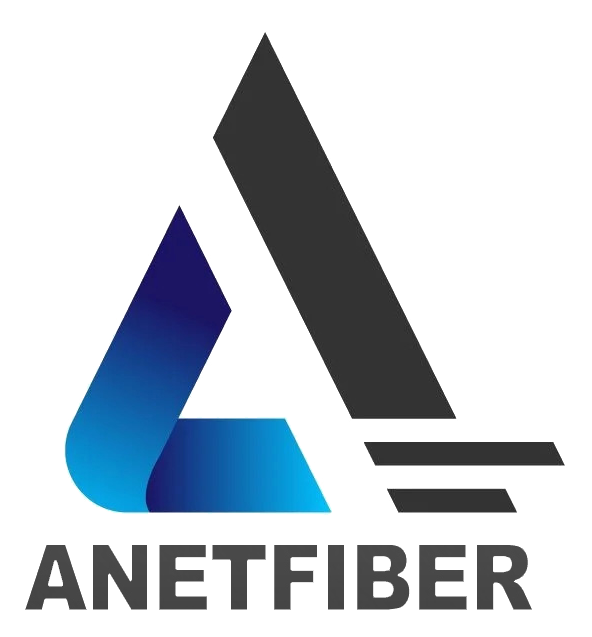Understanding Fiber Optic Cables: A Comprehensive Guide

Dive Into the World of Fiber Optic Cables
Fiber optic cables have revolutionized the way we transmit data, enabling high-speed connectivity and efficient communication. But what exactly are fiber optic cables and why are they favored over traditional options?
What Are Fiber Optic Cables?
Fiber optic cables are slender, flexible strands of glass or plastic that transmit data at incredibly fast speeds using pulses of light. The core, made of glass or plastic fibers, is surrounded by a protective layer called the cladding. These cables work on the principle of total internal reflection, where light is transmitted through the core via multiple reflections.
The Basics of How They Work
When data is transmitted through fiber optic cables, it is converted into light pulses that travel through the core without loss of signal integrity. This allows for rapid data transfer over long distances with minimal interference.
Why Fiber Optic Over Traditional Cables?
The shift towards fiber optic cables from traditional copper wiring is primarily driven by their unparalleled speed and efficiency.
Speed and Efficiency at Its Core
Unlike traditional cables that rely on electrical signals to transmit data, fiber optic cables use light signals. This results in significantly faster transmission speeds and higher bandwidth capacity, making them ideal for modern high-speed internet and telecommunications networks.
Exploring the Types of Fiber Optic Cables
Now that we have a fundamental understanding of fiber optic cables and their advantages over traditional options, let's delve into the different types available in the market. Understanding the distinctions between these variations can help in making informed decisions based on specific requirements.
Indoor vs. Outdoor Fiber Optic Cables
When it comes to fiber optic cables, one of the primary distinctions lies in their suitability for indoor or outdoor use. Indoor fiber optic cables are designed to operate within buildings and enclosed spaces, offering reliable connectivity for local area networks (LANs) and data centers. On the other hand, outdoor fiber optic cables are engineered to withstand environmental factors such as moisture, UV exposure, and temperature variations, making them ideal for long-distance telecommunication and internet connections.
Understanding the Core Differences
The core differences between indoor and outdoor fiber optic cables extend beyond their physical construction. While both types consist of glass or plastic fibers for data transmission, outdoor cables are reinforced with additional protective layers to shield against harsh outdoor conditions. In contrast, indoor cables prioritize flexibility and ease of installation within confined spaces.
Armored vs. Non-Armored: A Battle for Durability
Another crucial consideration when selecting fiber optic cables is whether to opt for armored or non-armored variants. Armored fiber optic cables are fortified with a rugged outer layer, providing enhanced protection against rodent damage, moisture ingress, and physical stress. These robust features make them well-suited for deployment in challenging environments such as industrial facilities and outdoor installations where exposure to external elements is a concern.
On the other hand, non-armored fiber optic cables offer greater flexibility and are typically used in controlled indoor settings where environmental hazards are minimal. The decision between armored and non-armored cables hinges on the specific application requirements and the level of protection needed to ensure uninterrupted data transmission.
The Significance of Single-mode and Multimode Fiber Optic Cables
As we continue our exploration of fiber optic cables, it's essential to understand the significance of two primary variations: Single-mode fiber optic cables and Multimode fiber optic cables. Each type serves distinct purposes based on the specific requirements of data transmission.
Single-mode Fiber Optic Cables
Single-mode fiber optic cables stand out as the long-distance champions in the realm of data transmission. These cables are designed to carry a single ray of light directly down the core, allowing for high-speed data transfer over extended distances. By minimizing light dispersion, these cables ensure that signals travel with minimal loss, making them ideal for applications that demand precise and uninterrupted communication over vast geographical areas.
The Long-Distance Champion
The unparalleled ability of single-mode fiber optic cables to maintain signal integrity over extended distances makes them indispensable in various sectors such as telecommunications, internet infrastructure, and long-haul networking. Their capability to transmit data across expansive networks with minimal latency positions them as the go-to choice for organizations seeking reliable and high-performance connectivity solutions.
Multimode Fiber Optic Cables
On the other end of the spectrum, we have Multimode fiber optic cables, which excel in short-distance communication scenarios within localized networks. These cables facilitate the transmission of multiple light rays through the core simultaneously, allowing for efficient data transfer over relatively shorter distances.
Ideal for Short-Distance Communication
Multimode fiber optic cables find widespread use in environments where high bandwidth is required for local area networks (LANs), campus backbones, and enterprise data centers. Their ability to support multiple modes of light propagation makes them well-suited for applications that prioritize cost-effective and agile connectivity solutions within confined geographical areas.
Specialized Fiber Optic Cables for Every Environment
As the demand for high-speed data transmission continues to soar, the need for specialized fiber optic cables tailored to diverse environments becomes increasingly vital. From underground installations to aerial deployments, understanding the unique characteristics of Plenum-rated, Direct Burial, and Aerial fiber optic cables is crucial in ensuring seamless connectivity across varied settings.
Plenum-rated and Direct Burial Fiber Optic Cables
Plenum-rated fiber optic cables are specifically designed for installation in plenum spaces within buildings, such as the open areas used for air circulation. These cables adhere to stringent safety standards, featuring fire-resistant jackets that mitigate the risk of spreading flames in case of a fire. The inherent safety features make them an ideal choice for environments where fire safety regulations are paramount.
On the other hand, Direct burial fiber optic cables are engineered to withstand the rigors of underground installations without requiring additional protective conduits. With robust outer sheaths that shield against moisture ingress and soil contaminants, these cables ensure long-term durability and reliable data transmission in outdoor burial applications.
Safety and Durability Underground and Above
Both Plenum-rated and Direct Burial fiber optic cables prioritize safety and durability in distinct settings. While Plenum-rated cables excel in indoor environments with strict fire safety requirements, Direct Burial cables offer resilience against environmental factors when deployed underground or in direct burial scenarios.
Aerial and Pre-terminated Fiber Optic Cables
When it comes to above-ground installations or scenarios where pre-configured solutions are preferred, Aerial fiber optic cables and Pre-terminated fiber optic cables emerge as indispensable options.
Aerial fiber optic cables, as the name suggests, are designed for overhead installations using poles or other support structures. Their construction incorporates features that safeguard against weather elements and mechanical stresses associated with aerial deployment, ensuring uninterrupted data transmission even in challenging outdoor conditions.
On the other hand, Pre-terminated fiber optic cables offer plug-and-play convenience by arriving at the installation site with connectors already attached. This eliminates the need for on-site termination, reducing installation time and minimizing the risk of errors during field terminations.
From Sky-High to Ready-to-Use Solutions
The versatility of Aerial fiber optic cables extends from urban settings with overhead cabling requirements to rural areas where aerial deployment is a practical necessity. Meanwhile, Pre-terminated fiber optic cables streamline installation processes across various environments by providing ready-to-use solutions that enhance efficiency and reliability.
Making the Right Choice: Pre-terminated vs. Custom-length Fiber Optic Cables
When it comes to selecting fiber optic cables, the choice between Pre-terminated fiber optic cables and Custom-length fiber optic cables hinges on specific installation requirements and operational preferences.
Pre-terminated Fiber Optic Cables
Pre-terminated fiber optic cables offer the utmost convenience with their plug-and-play functionality. These cables come pre-fitted with connectors at one or both ends, eliminating the need for on-site terminations. This not only reduces installation time but also minimizes the margin for error during field terminations. The seamless integration of connectors ensures swift deployment, making them an ideal choice for scenarios where rapid connectivity setup is paramount.
The Convenience of Plug and Play
The inherent convenience of Pre-terminated fiber optic cables streamlines installation processes across various environments, from data centers and enterprise networks to telecommunications infrastructure. Their ready-to-use nature enhances efficiency while maintaining high standards of signal integrity, catering to the demands of modern high-speed communication networks.
Custom-length Fiber Optic Cables
On the other hand, Custom-length fiber optic cables are tailored to meet specific length requirements, offering a bespoke solution for diverse networking setups. These cables provide the flexibility to customize lengths according to precise spatial constraints and connectivity preferences, ensuring optimized cable management and reduced clutter in confined spaces.
Tailored to Your Specific Needs
The customizability of Custom-length fiber optic cables allows for meticulous planning and execution of network layouts, accommodating unique architectural designs and equipment placements. By aligning cable lengths with exact spatial demands, these customized solutions contribute to efficient resource utilization and streamlined network infrastructure.


